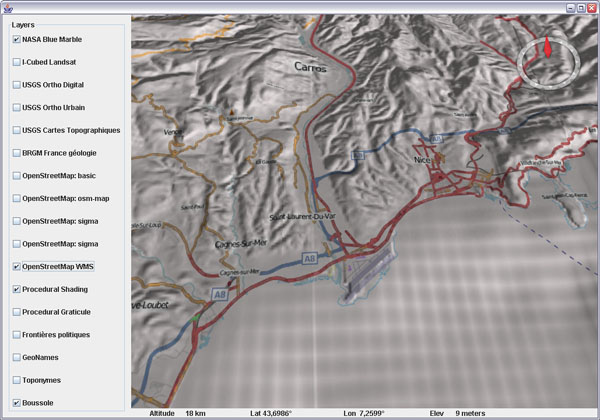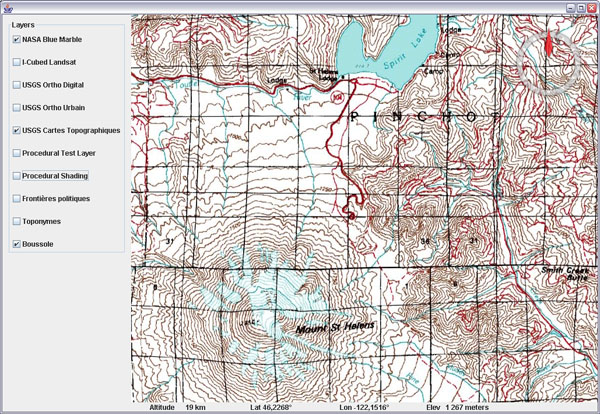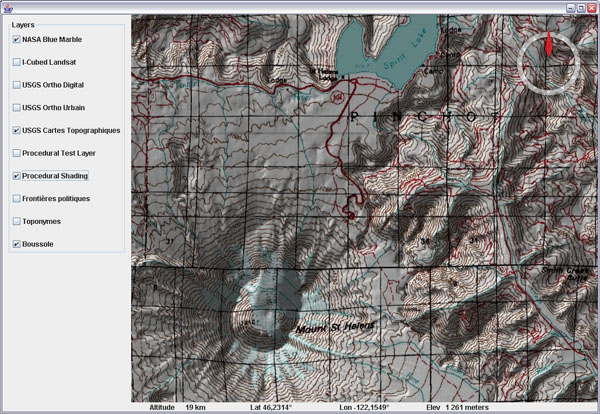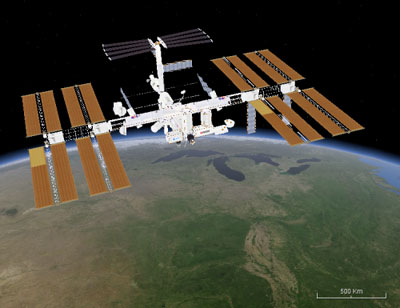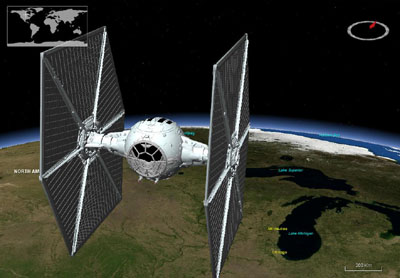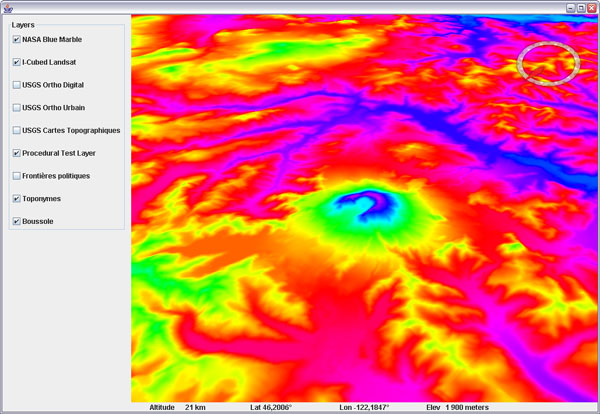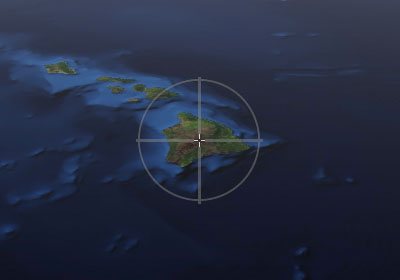NASA World Wind Java SDK alpha 5 - 0.5.0, has been released today. It has been five month since the previous
0.4 last december and a lot has been done since. However, although a 1.0 was in the plans, a lot remains to be done for the first stable version and you may not find all the fixes you wished for yet.
Download WWJ SDK 0.5 (Zip 14.4M).
Among the most notable changes, my favorite is the new view handling which allows you to navigate with much more precision over elevated terrains as well as underwater. What is really nice is that you can now get very close to the ground and the 'orbit center point' is always anchored where you would expect, on the surface, in the middle of the viewport.

Mount Rainier and Spirit Lake from
inside Mount Saint Helens crater, WA, USA.
A lot of work has been done on the server side of the project. A free and open source WMS server is now included with the SDK, which itself has been deployed on a much faster network. Both Blue Marble Next Generation twelve month and I Cubed Landsat are now served via this new WMS infrastructure. Other datasets will be integrated, some 1m US
NAIP among them.
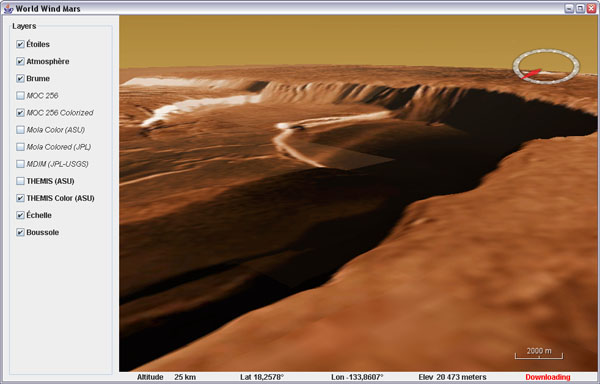
Mount Olympus crater, Mars, THEMIS Color layer
As expected, you will find the
Moon and Mars globes with their full layer sets from the NASA servers - Mars data seems slow to download these days though.

Last 7 days USGS earthquakes on Mercator world
Flat worlds with projection switching are now ready for prime time - or so we hope. You will find a new example application showing the latest USGS earthquakes over a Mercator world - or a modified sinusoidal if so you wish.
A 'Restorable' interface has been added and implemented in a number of classes. Think of it as a form of serialization, it allows to save an object state in an XML document and back. For instance, you can now easily save the view state - eye position, zoom, pitch angle, heading... in one step as a text string and restore it as easily.
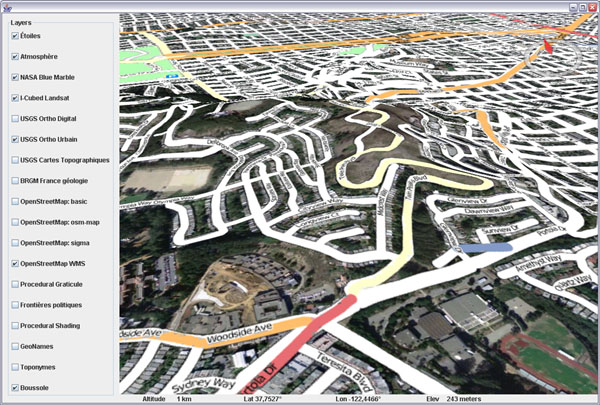
Open Street Map layer over San Francisco, CA, USGS Urban Area layer
These are just a few of the many goodies you will discover inside this release. Tiled image layers have been fixed and will not wait anymore for lower res tiles to download before showing the needed ones. There is a 1 meter NAIP layer for California which is quite crisp, the
Open Street Map layer, a rather complex MGRS graticule layer, new minimize/maximize buttons in the terrain profile layer graph... Surface images from a remote http source, faster polylines and more.
Be aware that some classes have been moved around. For instance, all non Earth specific layers have been moved from layers.Earth to layers - that involves FogLayer, ScalebarLayer, SkyColorLayer, SkyGradientLayer, StarsLayer, TerrainProfileLayer and WorldMapLayer.
Check this
WWJ Forum post for a change list and discussion, see the
new WWJ Demo page for webstart examples, applets and user applications, and go to
World Wind Central for everything else. Enjoy!




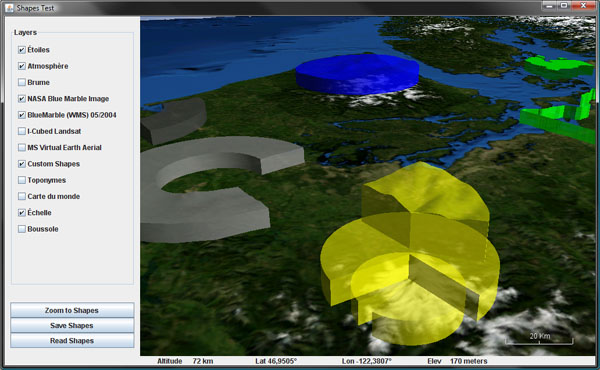
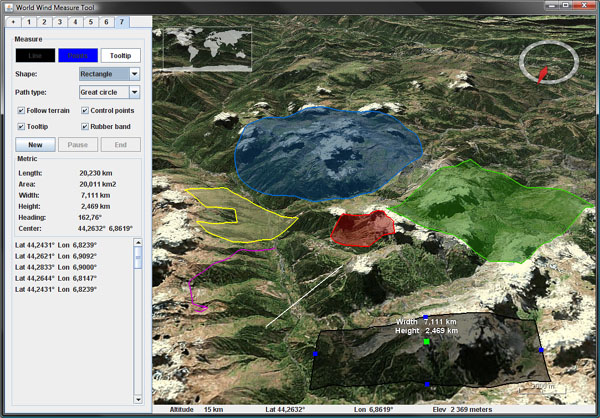


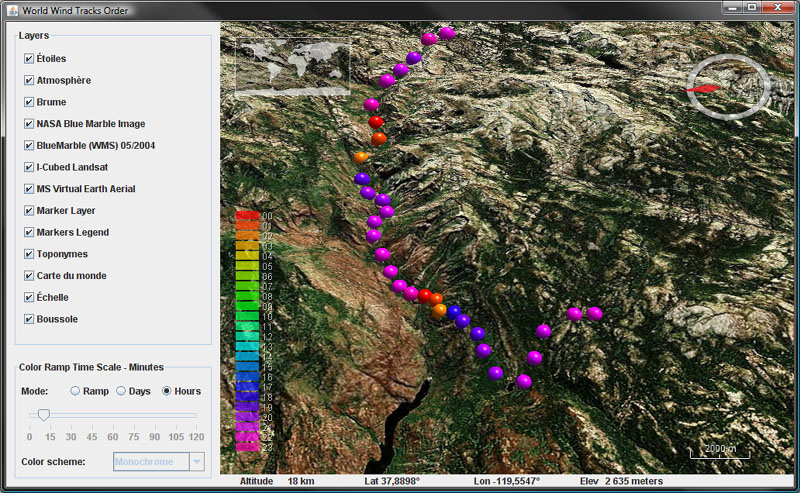

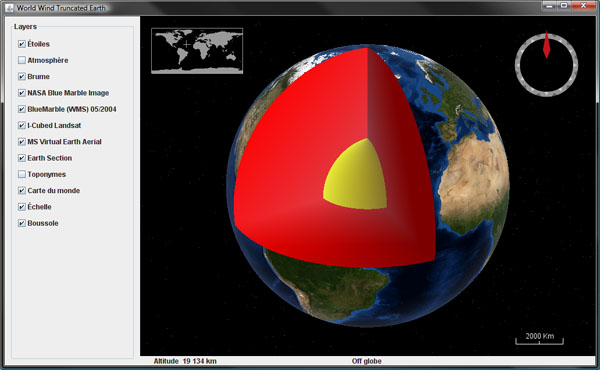
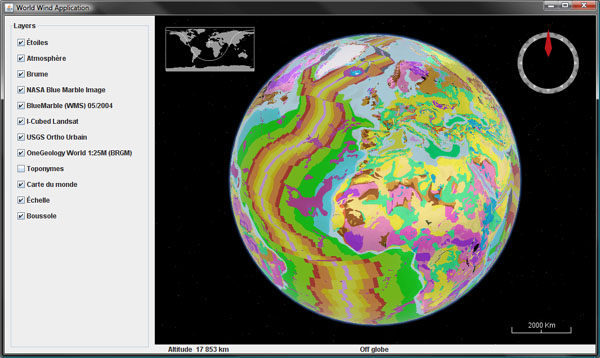
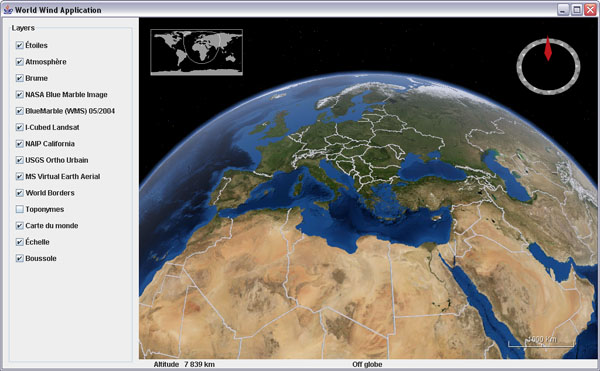
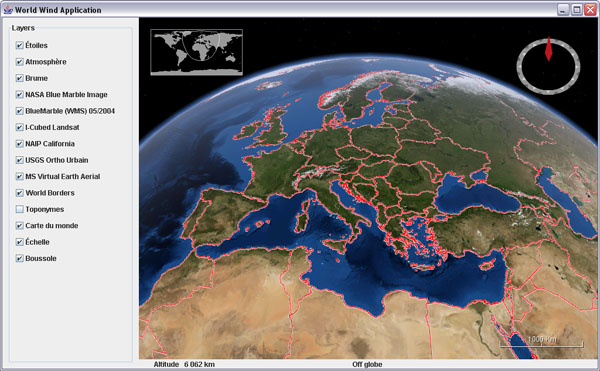
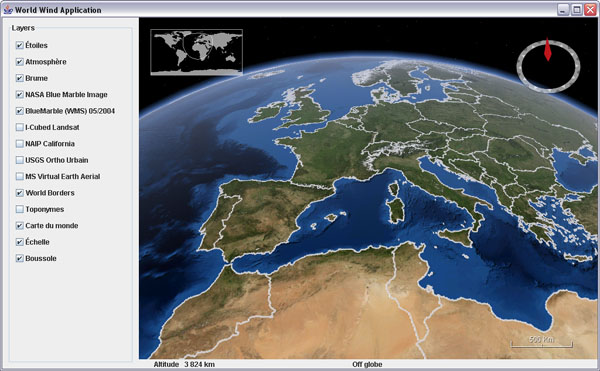
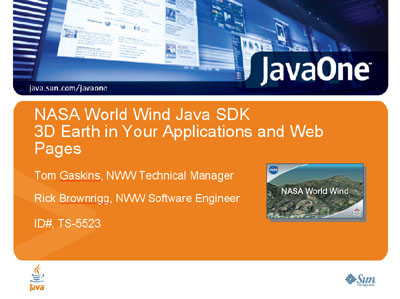




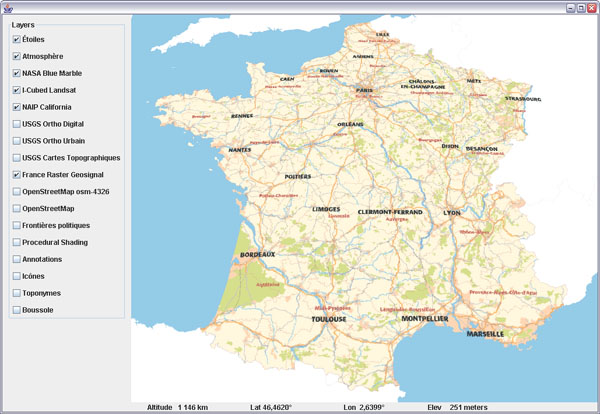
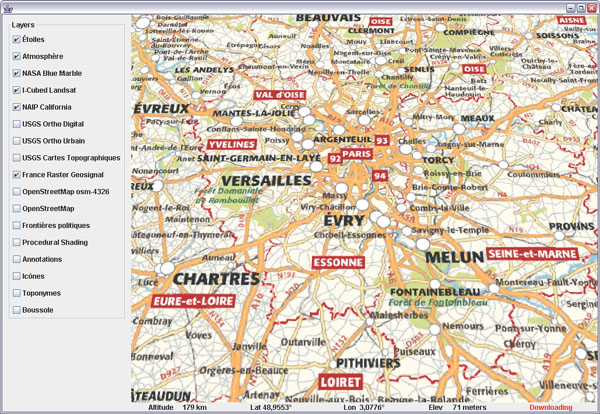


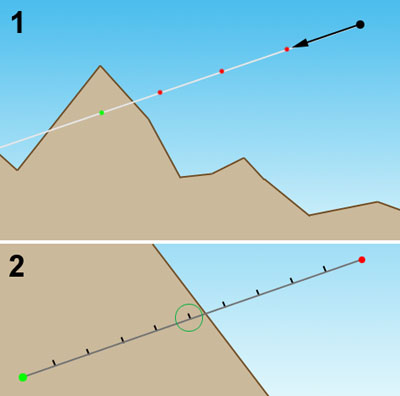 Ray casting - figure 1
Ray casting - figure 1

